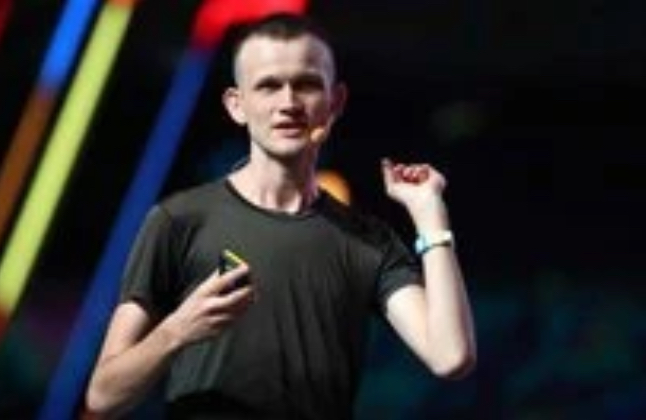His new L2 support criteria includes a 75% consensus rule and aims to limit core developer influence, boosting decentralization efforts.
Ethereum co-founder Vitalik Buterin has announced a shift in his endorsement strategy for Layer 2 (L2) scaling solutions.
Beginning in 2025, he will only publicly support L2 projects that have reached at least Stage 1 in their development, with a possible short grace period for new and genuinely interesting projects.
Buterin Shifts Focus to Layer 2 Projects
“I take this seriously,” he wrote in an X post. “Starting next year, I plan to only publicly mention L2s that are stage 1+, with maybe a short grace period for new genuinely interesting projects.” He also emphasized that personal relationships or financial investments will not influence his decision to endorse a project.
The post also details the governance requirements for Stage 1, explaining that it necessitates a 75% consensus from the governing council for major decisions, such as overriding proof systems. At least 26% of the council must also be independent of the core development team, a measure designed to increase decentralization and reduce the likelihood of governance failures.
He added that “the era of rollups being glorified multisigs is coming to an end. The era of cryptographic trust is upon us.”
In October 2020, Vitalik laid out a rollup-centric roadmap for Ethereum, emphasizing that scalability would come from Layer 2 solutions rather than improvements to the Layer 1 (L1) base layer.
This strategic direction is based on the belief that L2 rollups can offer Ethereum far greater scalability and efficiency than relying solely on upgrades to the L1 blockchain.
L2 vs. L1 Debate
These comments come amid ongoing debates within the industry about whether L2 solutions compete with L1 networks like Ethereum. Max Resnick, an engineer with the Special Mechanisms Group, believes that L2s compete for users.
However, Steven Goldfeder, co-founder of Offchain Labs, disagrees, suggesting that L2s and L1s work together to improve scalability. “If Ethereum reaches its potential, we’ll have plenty of demand to fully saturate L1 and multiple L2s/L3s,” he argued.
Meanwhile, on September 9, Spot On Chain reported that a multi-signature wallet receiving Ethereum from Buterin had sold 760 ETH, valued at $1.835 million. This sale followed earlier transfers totaling 3,800 ETH in August.
In response to speculation about the sale, Viatlik has clarified that it was related to a bio-defense group he funds, triggered by an automatic Cowswap TWAP order set up in late August. He added, “That was the last one.”
He also recently revealed that he has not sold ETH for personal benefit since 2018, emphasizing that his ETH sales typically go to charitable causes, non-profits, or other projects.

